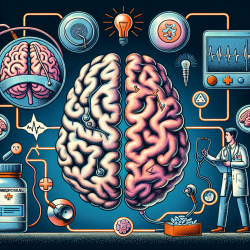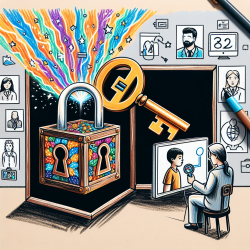Introduction
Epileptic encephalopathies (EE) are a group of conditions characterized by cognitive and behavioral impairments due to epileptic activity. The recent research article titled “Epileptic Encephalopathy” of Infancy and Childhood: Electro-Clinical Pictures and Recent Understandings provides insights into these complex conditions, emphasizing the importance of effective management strategies for practitioners.
Key Insights from the Research
The study highlights several critical aspects of EE:
- Electroencephalographic Monitoring: Long-term and nocturnal EEG monitoring, including video-polysomnography, is crucial for detecting unrecognized seizures and interictal discharges that can impact cognitive functions.
- Antiepileptic Drugs (AEDs): AEDs are the first line of treatment, and newer drugs like gabapentin, topiramate, and levetiracetam offer additional options for managing refractory epilepsy in children.
- Impact on Cognition: Even subclinical EEG discharges can subtly affect cognition, learning, and sleep patterns, underscoring the need for comprehensive EEG monitoring.
Practical Applications for Practitioners
Practitioners can enhance their skills and improve patient outcomes by implementing the following strategies:
- Emphasize Comprehensive Monitoring: Regular EEG monitoring, especially during sleep, can help identify subtle epileptic activities that may not present as clinical seizures but still impact cognitive development.
- Choose AEDs Wisely: Consider newer AEDs that not only control clinical seizures but also manage interictal EEG discharges. Tailor the choice of AEDs to the specific needs of the child, considering both seizure control and cognitive outcomes.
- Holistic Approach to Treatment: Incorporate non-pharmacological therapies like ketogenic diets and consider the use of immunoglobulins or steroids in specific cases to enhance treatment efficacy.
Encouraging Further Research
The complexity of EE requires ongoing research to develop more effective treatments. Practitioners are encouraged to stay updated with the latest research findings and consider participating in clinical trials to explore new therapeutic avenues.
To read the original research paper, please follow this link: “Epileptic Encephalopathy” of Infancy and Childhood: Electro-Clinical Pictures and Recent Understandings.










